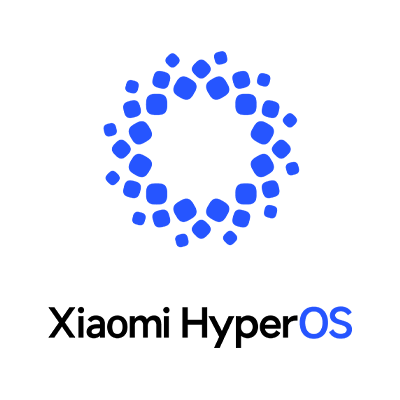In October of this year, Xiaomi made a significant announcement, revealing its decision to replace the longstanding MIUI OS with the innovative HyperOS. This transformation marked the conclusion of the nearly 13-year tenure of the older OS skin. The introduction of the HyperOS UI initially occurred with the Xiaomi 14 series, and the company outlined plans to extend the HyperOS developer version to other Xiaomi and Redmi handsets in China.
📢Xiaomi HyperOS starts rolling out!
Eligible users will receive OTA updates gradually and can experience the new features! 🎉Don’t hesitate to share your valuable feedback with us through the system app the “Services & feedback”. We are looking forward to hearing your… pic.twitter.com/IIMj6ULxdr
— Xiaomi HyperOS (@XiaomiHyperOS_) December 18, 2023
Building on this initiative, Xiaomi has now officially disclosed the specific Xiaomi, Redmi, and Poco models set to receive the HyperOS developer version update on a global scale. According to a post on Xiaomi’s platform, several smartphones and a tablet are slated to receive the HyperOS update worldwide within the first quarter of 2024. The company assured users who had signed up for the developer beta that they would seamlessly transition to the stable version through over-the-air (OTA) updates. Noteworthy models earmarked for the HyperOS skin in Q1 2024 include the Xiaomi 13 Ultra, Xiaomi 13 Pro, Xiaomi 13, Xiaomi 13T Pro, Xiaomi 13T, Redmi Note 12, Redmi Note 12S, and Xiaomi Pad 6.

In parallel developments, Poco has announced that the Poco F5 will spearhead the integration of the Xiaomi HyperOS update for the brand. Much like its Xiaomi and Redmi counterparts, eligible Poco F5 users will benefit from routine OTA updates. Poco also hinted at revealing additional models slated for a similar update at a later date.
HyperOS distinguishes itself as a human-centric operating system, meticulously crafted to seamlessly integrate with personal devices, automobiles, and smart home products, providing users with an enhanced smart ecosystem experience. It boasts an AI subsystem and cross-device connectivity, coupled with AI-backed enhancements to various features.






